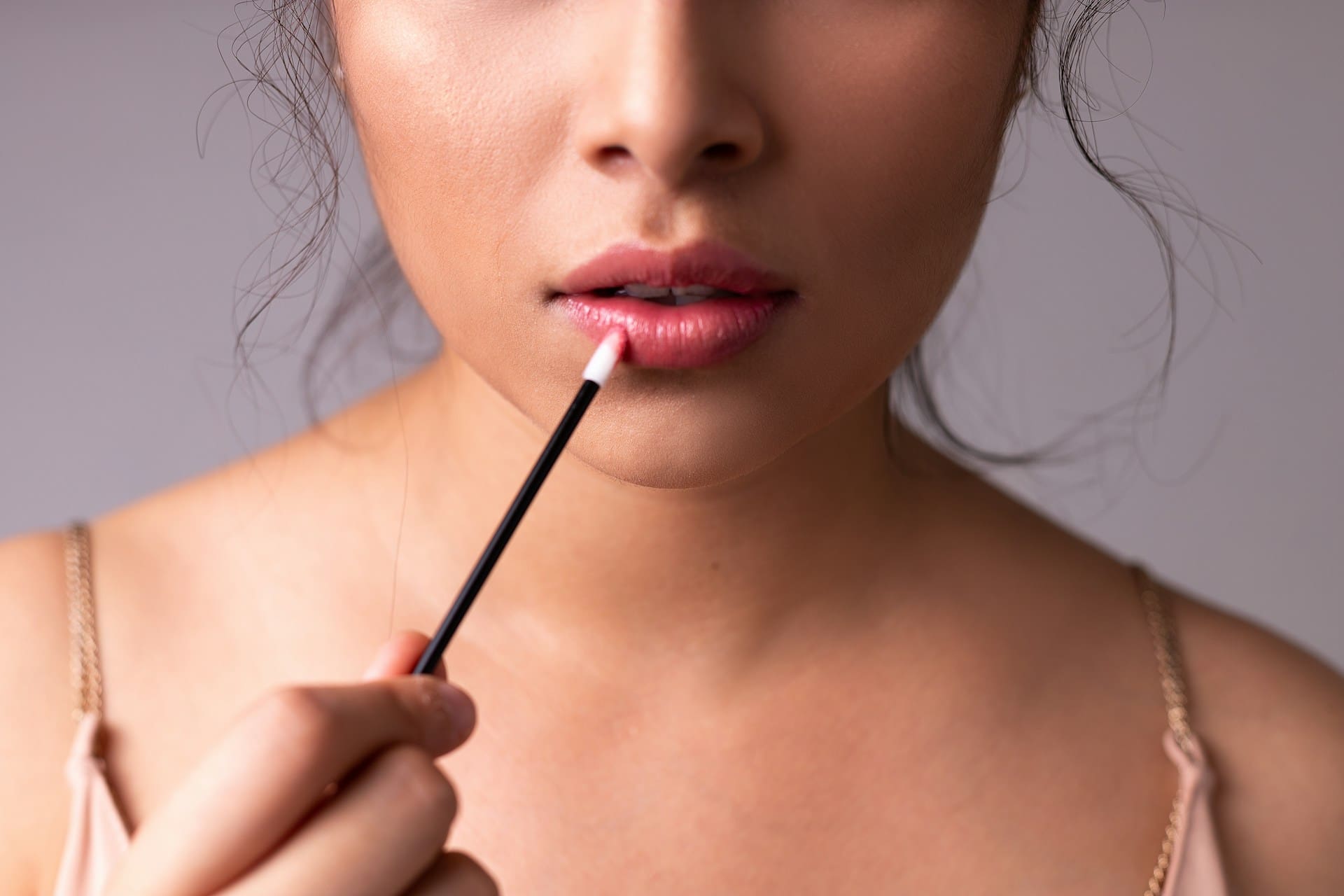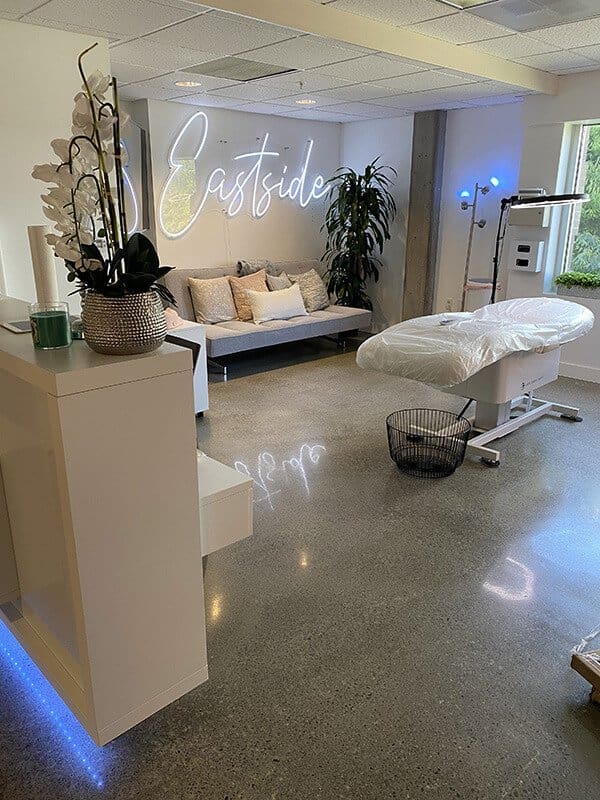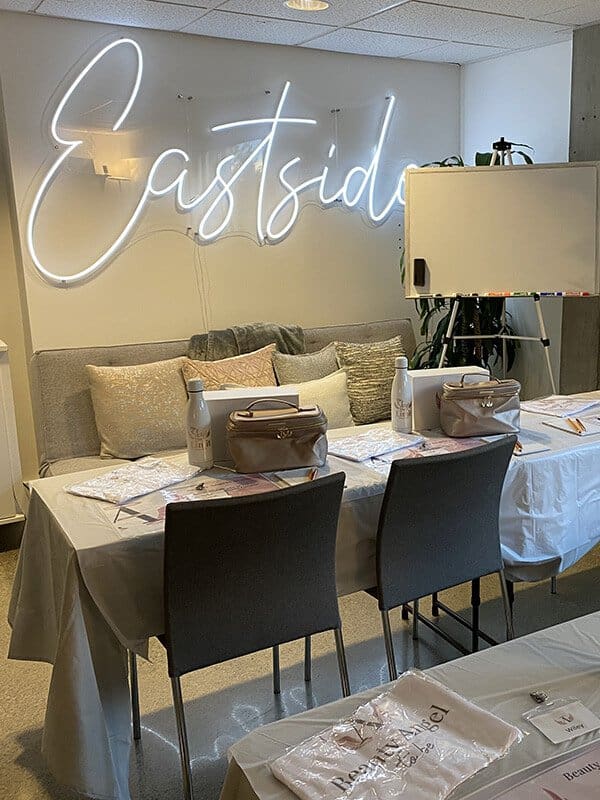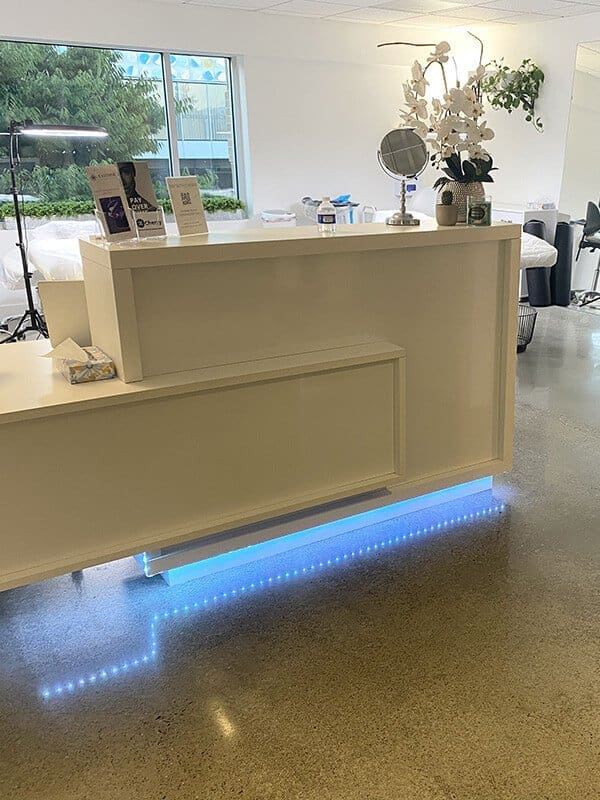Lip blush has quickly become one of the most popular permanent makeup procedures in Scottsdale. It’s all about giving lips a soft wash of color, a boost in shape, and a more youthful appearance without needing constant reapplication of lipstick or gloss. When it’s done correctly, the results are natural and long-lasting, enhancing your features without looking overdone.
But not every lip blush application is the same. Just like with any cosmetic procedure, the quality of work can vary a lot depending on the artist’s skill, tools, and technique. Bad work can leave clients with uneven color, discoloration, or poor healing that affects the final result. If you’ve been considering getting this treatment or want to make sure your healed results are on track, knowing how to recognize poor-quality lip blush can help you avoid problems down the road. Let’s break down what that can look like.
Uneven Or Blotchy Color
A properly done lip blush should look smooth and even from corner to corner. The color should blend into your lips without dark spots or patchy areas. When treated by a skilled hand, the pigment heals evenly, and the lips maintain a soft, natural tone. But if the artist rushed the procedure or didn’t have the right technique, the final result might look inconsistent.
Some warning signs include:
– Areas of darker pigment clustered in spots
– Splotchy or patchy color, especially near the edges of the lips
– A noticeable lack of symmetry in color intensity on the top and bottom lip
There are a few reasons this can happen. One of the most common is overworking the skin, which causes irritation and leads to digestion of the pigment unevenly as the skin heals. Another reason might be the artist using the wrong speed or depth when implanting pigment into the skin. Inexperienced artists may also struggle with blending properly, leaving behind sharp differences in tone that look unnatural once healed.
Sometimes clients might try to correct this with makeup, but that just defeats the purpose of getting a semi-permanent solution. If you’re noticing these signs after a treatment, it’s worth getting an evaluation from a trusted professional.
Incorrect Color Choice
Even if the technique is perfect, choosing the wrong color can throw off the entire look. Lip blush is all about enhancing your natural lip tone, not overpowering it. A poor color choice can result in lips that look too bold, too cool, or even too dark against your skin.
Common signs of an off-base color include:
– Lips that appear gray, blue-toned, or ashy
– A neon or glaringly bright tone that doesn’t soften with healing
– A color that looks dull instead of fresh and healthy
A good lip blush artist will always consider your natural lip tone, your undertone, and any pigment still healing in the lips when picking the color. They should also ask about your preferences and how you usually wear lip color to guide the decision. Skipping that conversation or selecting colors carelessly can easily lead to results that don’t fit your face.
For example, someone with fair skin and cool undertones might end up with orange-toned lips if the artist doesn’t properly neutralize or balance the pigment. The outcome can feel awkward and might take a correction session to adjust. That’s why a proper consultation is one of the most important parts of the process. It sets the foundation for a look that actually works for your features.
Poor Healing And Aftercare Results
The healing process plays a significant role in the final appearance of your lip blush. Ideally, when the procedure is done well, your lips should heal evenly without major issues. Initial swelling is normal, but it should subside quickly with no excessive scabbing. However, there are warning signs to watch for that suggest poor healing.
Look out for:
– Heavy scabbing or scabs that pull away large amounts of pigment
– Uneven fading where certain areas lose color faster than others
– Dry or cracked lips during healing, which might indicate poor aftercare advice or incorrect procedure
The reasons behind poor healing can vary. Often, it stems from inadequate aftercare instruction. Good practitioners will provide detailed guidance on how to care for your lips as they heal, including products to use and those to avoid. They will emphasize keeping the lips moisturized with recommended products and avoiding activities that could disrupt the healing, like excessive sun exposure or lip products not designed for healing skin. If these steps aren’t clearly communicated, or if your lips feel painfully dry and rough, it may suggest the need for better aftercare information.
Healing shouldn’t be overly uncomfortable, and the results should gradually become visible once the peeling phase ends. If you start noticing irregular texture, dry patches, or fading that’s happening only in parts of the lip, that might mean the pigment didn’t settle right or you weren’t supported with proper aftercare.
Inconsistent Line Work
Lip blush involves more than just adding a touch of color. It requires precision, especially when it comes to defining the lip lines. High-quality work should showcase clear, consistent edges that enhance your natural shape without looking artificial. Bad line work, on the other hand, often looks uneven and can distort your lip shape.
Signs of poor line work include:
– Jagged edges or lines that don’t follow the natural lip contour
– Smudged or blurry lines that lack definition
– Differences in how the line thickness or color varies along the lip edge
To achieve crisp, clean lines, the artist must have great technical skill. This involves steady hands, precise equipment, and a clear vision of how the end result should appear. If there’s noticeable inconsistency, it could be due to using low-quality tools or a lack of experience in executing the technique.
An experienced artist knows how to move with the skin, not against it. They understand lip anatomy and how to use the right needle configuration for that refined finish. Inconsistent lines can sometimes be fixed with a touch-up, but if the base application was rushed or careless, complete correction might require removal before new pigment can be applied effectively.
The Right Path To Flawless Lip Blush
Making sure you’re happy at the end of your lip blush journey starts with knowing what to look for. Uneven pigment, strange color tones, healing that doesn’t go smoothly, or messy line work are all signs that something might have gone wrong. Knowing the difference between a botched job and normal healing stages helps you feel in control and know when to act.
Do your research before booking a session. Look for artists with a strong photo portfolio of healed results, not just fresh work. Read reviews. Ask questions about tools, pigment types, healing support, and correction policies. Good artists won’t just focus on the day of your appointment — they’ll want to make sure you’re happy weeks later as your lip blush settles.
Choosing wisely can take your results from average to incredible. The right studio will take time to listen, customize the approach to suit your features, and walk you through the aftercare clearly. You’ll feel comfortable, respected, and confident in what’s to come. Remember, lip blush is semi-permanent. Starting with quality care ensures you love what you see every time you look in the mirror.
Finding the right professional for your lip blush procedure is an important step toward achieving beautiful and lasting results. At Eastside Microblading Studio, we pride ourselves on our expertise and attention to detail. If you’re looking for a lip blush studio in Scottsdale that delivers natural-looking enhancements with personalized care, explore what we offer through a lip blush studio in Scottsdale you can rely on. Let us help you feel confident every time you smile.




